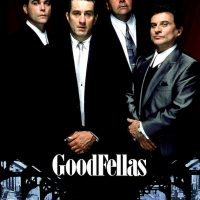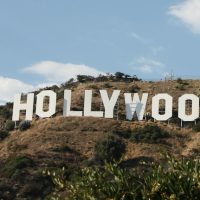
'Midnight Rider' director Randall Miller is among those being charged for involuntary manslaughter and trespassing, but if we took this incident out of context, is he the 'first' person to allegedly shoot in an un-secured location?
Film directors make choices on where to shoot and how to adapt a script in their vision, but when it comes to actually filming in external locations, it's not always clear who is responsible for what.
Shooting on location requires certain permits and clearances from often more than one organization and in certain situations, police officers, firefighters and other emergency staff are required to ensure that public safety is maintained.
A rail-track (trestle) is certainly not a standard filming location and would require authorization from the operators with certain safety precautions planned ahead of the shoot. While the investigation into the 'Midnight Rider' accident continues, do directors ultimately make the decision on location to shoot where they like?
Herein lies the problem. The 'art' of direction is sometimes about finding the best way to get the most out of a location. That means getting great shots, using what's around to give a scene more visual impact, but in this case, it seems that there was either some terrible communication, a lack of judgement, or just plain risk taking for the sake of making a scene look better. We'll leave that part up to the authorities to judge, but are film directors going too far in their pursuits when they don't know themselves what dangers they are bringing to their cast and crew?
The director/DP relationship is often a close one but should there be some oversight into how shots are planned out on location? Should people be briefed on the limitations of an external location before they decide to shoot? This is a big debate, particularly for independent film productions that decide to take risks or be bold on set, when they don't know the full facts about where they are shooting.
It's not as obvious to members of the crew as it is to producers, and because there's a certain industry 'ambiguity' on permissions, it's something that needs to be more well-defined because what happened here could have been prevented if more of the crew knew and understood the safety requirements were not being met.
Sarah Jones' death was a tragedy and film directors need to be sure they have the permission to shoot in potentially dangerous areas, otherwise everyone in the crew is at risk, and for the sake of art, it's just not worth the price of someone's life.
Would you shoot on a rail track without knowing for sure whether you had the permission to do so or not?





















